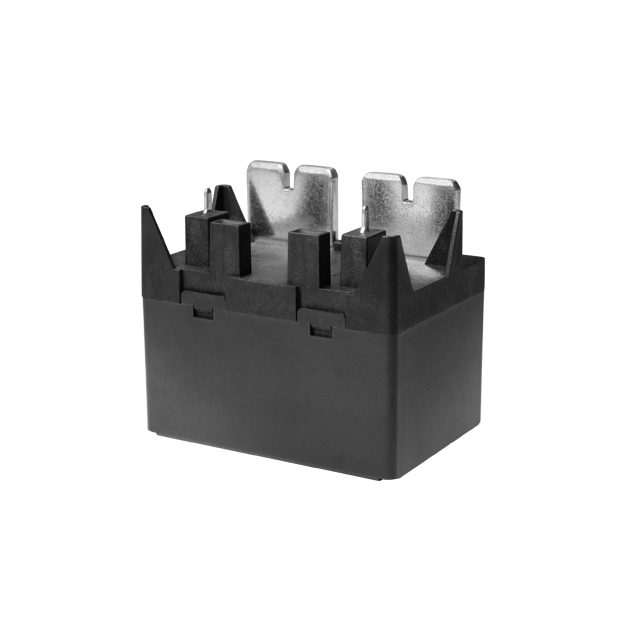relay safety features: ensuring secure and reliable operations in electrical systems
Release time:2025-05-07 07:35:11
Relays are essential components in electrical and electronic systems, playing a crucial role in protecting circuits from faults and ensuring that systems operate safely and efficiently. In any electrical setup, whether it's for industrial applications, power distribution, or automation, the safety and reliability of the system depend significantly on the performance of relays. The safety features of relays are particularly important to minimize risks of damage, equipment failure, and potential hazards. This article explores the various relay safety features and their importance in maintaining the integrity of electrical systems.

1. Overcurrent Protection
One of the most fundamental safety features of a relay is its ability to provide overcurrent protection. In electrical systems, an overcurrent situation can occur when the current flowing through a circuit exceeds the rated limit of the system, potentially causing overheating and damage to components. Relays designed for overcurrent protection automatically detect these excessive currents and interrupt the circuit by opening the contacts, thus preventing further damage to electrical equipment.
Overcurrent relays come in various forms, including time-delay and instantaneous types, which can be adjusted to suit the application. For instance, in industrial settings where machines and equipment are susceptible to high current surges, overcurrent relays can protect the system from short circuits, overloads, and other fault conditions.


